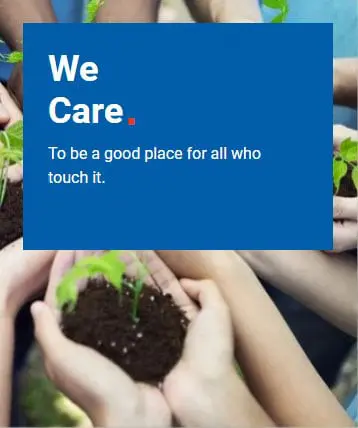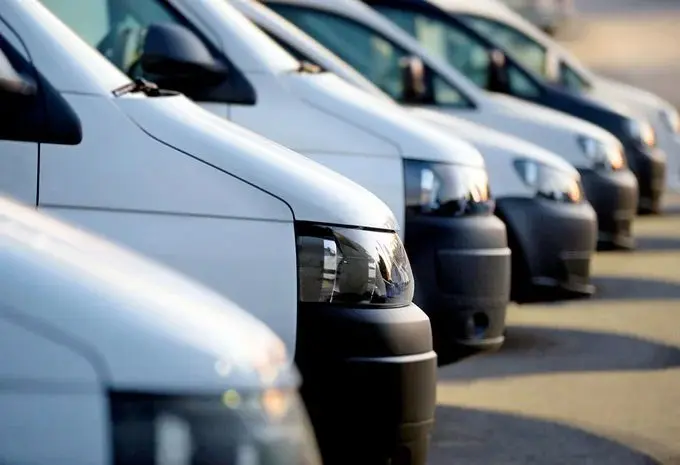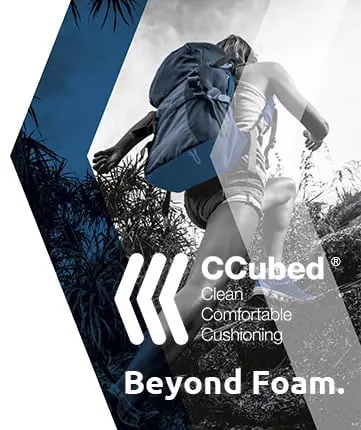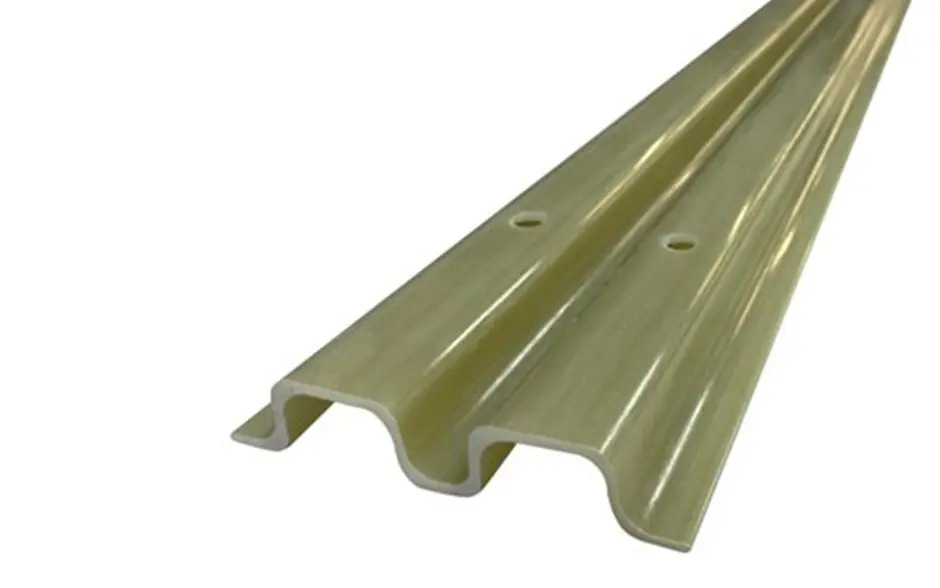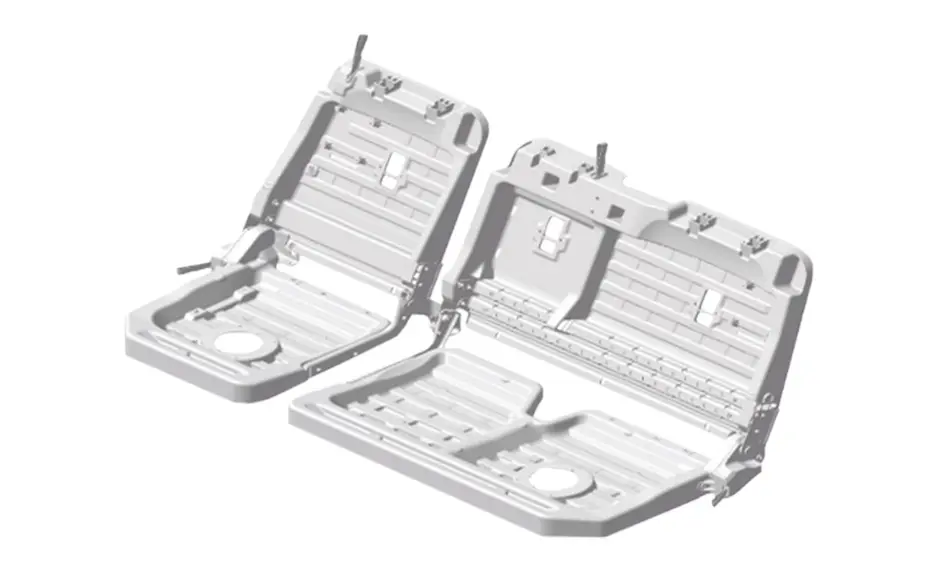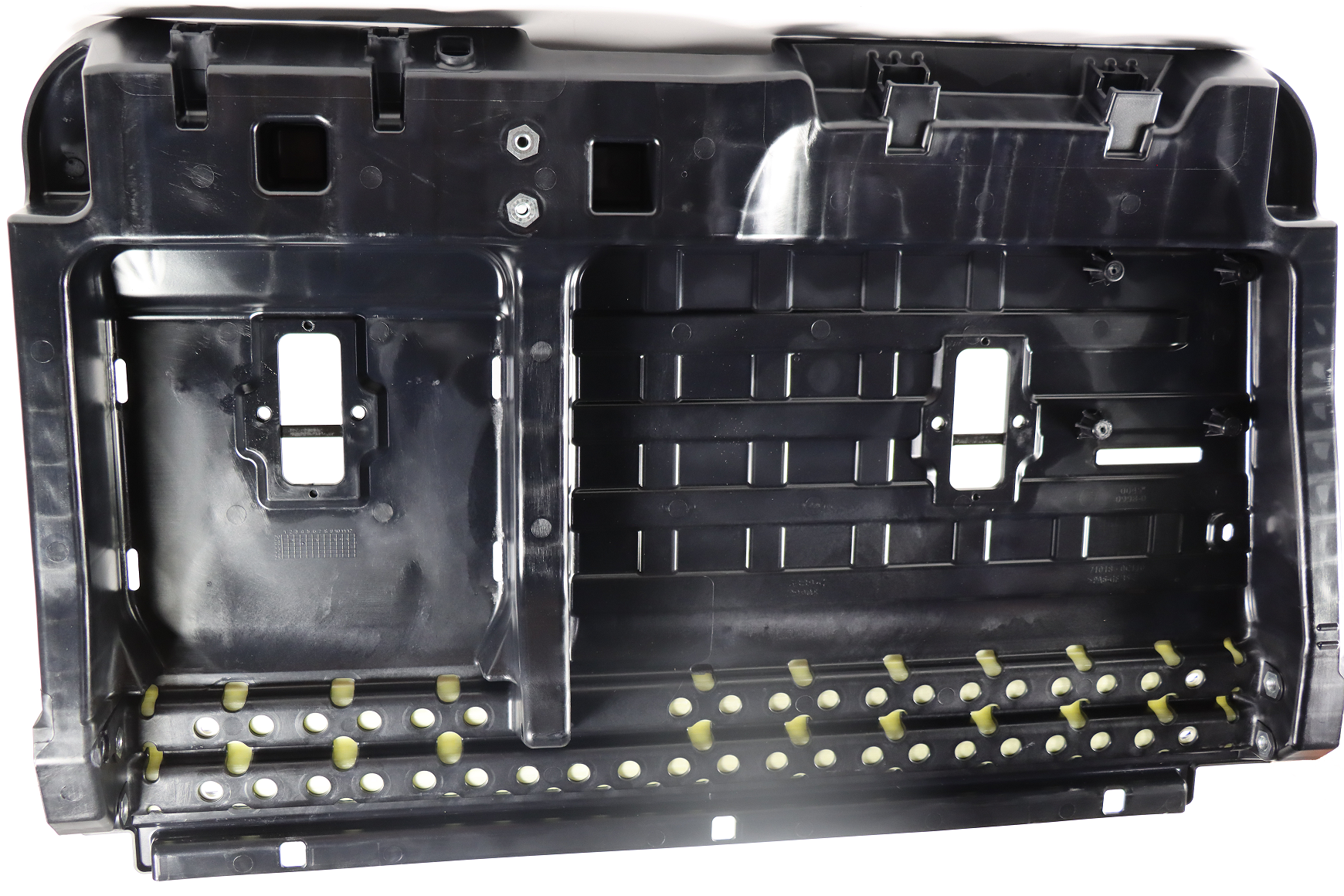It’s been a thrilling few years of new applications after L&L Products launched its product line Continuous Composite Systems™ (CCS™). Beginning with the notable composite tunnel application for the 2021 Jeep® Grand Cherokee L, the battery protection solution for the 2022 F-150® Lightning™ to the latest composite seatback design on the 2022 Toyota Tundra™. Two of the three noted applications received the Altair Enlighten Award in the achievements in vehicle weight savings category.
The latest application for the composite seatback design on the 2022 Toyota Tundra™ was shared on the March 2023 edition of CompositesWorld. The article explained the entire process from initial brainstorm to the launch of the 2022 model year vehicle and how the second-row seat frame was a key area to focus on to achieve weight savings.
There were several goals set at the start of the project that led to many challenges throughout the design and build process. The goals included: cost-effective, efficient manufacturing, light weight and design flexibility to enable more storage space.
With these goals in mind, Toyota collaborated with several suppliers to make it happen. The main composite components were manufactured by injection molder, Flex-N-Gate. The composites material was developed in collaboration with BASF. And the pultruded system using Continuous Composite Systems™ (CCS™) was developed by L&L Products.
Early in the design process, the engineers working on the project realized the extra width for the Tundra seat back from would pose a new challenge to meeting Toyota’s strict safety requirements. As noted in the article, “to achieve the needed stiffness, the overall seat frame would either need to be very thick — which would add material costs and weight — or some type of reinforcement beam would need to be added to the area carrying the heaviest loads.” A beam made the most sense, however, typically a metal material would be used – adding additional weight.
L&L Products was contacted at this stage of the process to explore if Continuous Composite Systems™ (CCS™) could be a solution. Although CCS™ had many applications previously, it had never been used for any type of interior automotive application before. Modeling and simulation played an imperative role in the design process to ensure all the goals would be met by implementing CCS™ into the seatback frame.
Hank Richardson, product engineering manager of L&L Products, explains what makes the pultruded beam crash resistant: “A combination of resin chemistry tuned for very high stiffness, continuous glass members for maximum flexural strength and optimized part geometry.”
There were many challenges faced throughout the entire process – whether it related to the application itself or global and economic events – but with the right team in place, the application turned out to be a multi-award-winning success. 60+ steel components reduced to four injection molded composite components and a 20% overall weight savings.
L&L Products is proud to be a part of the 2022 Toyota Tundra™ project.
For more information on the CCS™ application in the 2022 Toyota Tundra™ project, please contact Andrea Smith at andrea.smith@llproducts.com. To read the full article, visit the CompositesWorld website.
